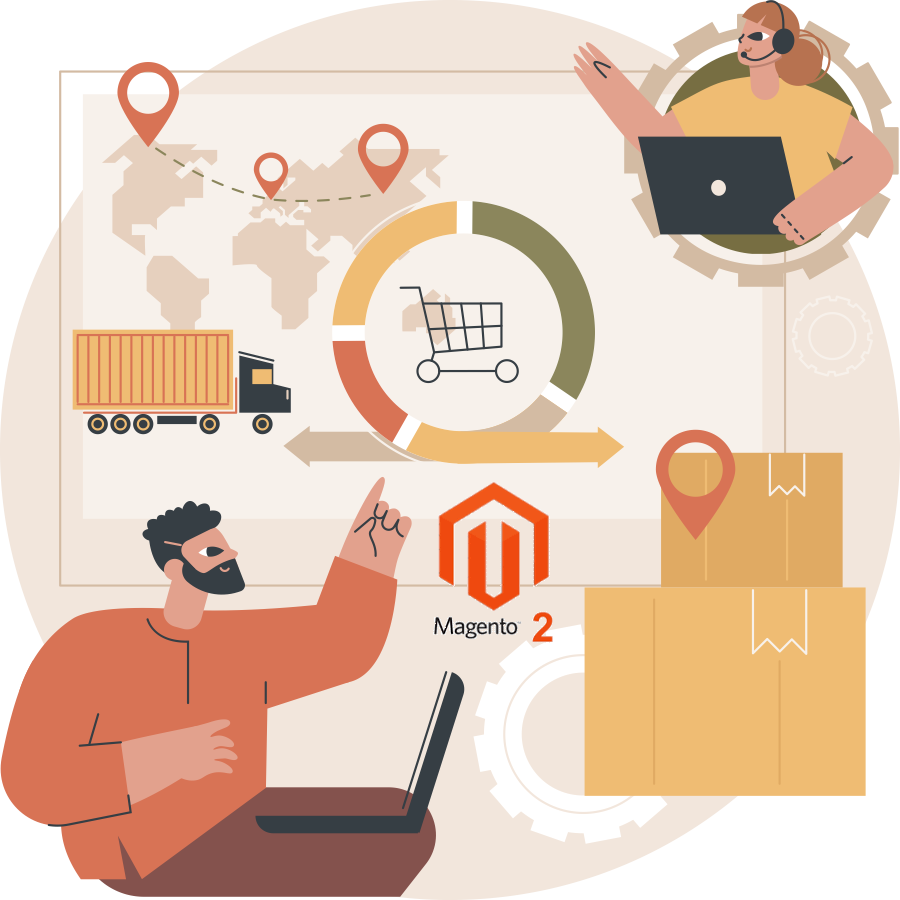Synopsis: Recent conversations have focused a lot on Magento 2. Magento 2 is becoming the preferred eCommerce platform for brands. primarily because version 1 was canceled, and secondarily because it provides far more than was anticipated. The rationale for this substantial shift to Magento 2 is covered in this blog.
Magento is dominating the eCommerce sector, and it is expanding quickly. Our lives now routinely include doing our shopping online. The E-commerce sector experienced unexpected growth as a result. Due to the widespread use of e-commerce company platforms like Shopify, Magento, 3D Cart, etc., many e-commerce companies, including Alibaba, Amazon, e-bay, Walmart, etc., gained traction in their respective industries.
It's interesting to note that Magento is still the most popular E-commerce platform, with approximately 3 million users at present. Recently, there has been a move to Magento 2. There must be advantages connected to it. All the information that you require is given below:

